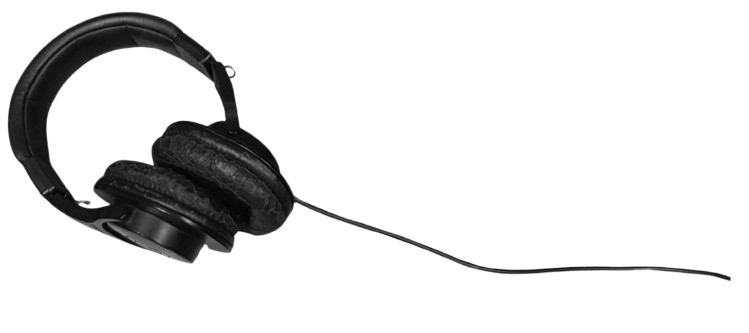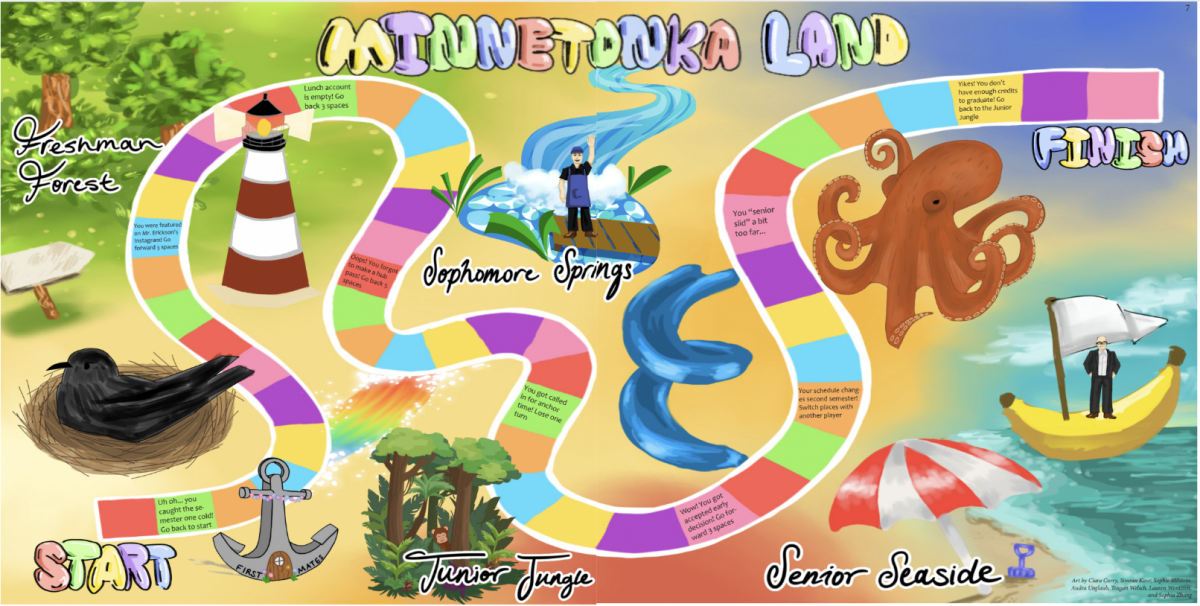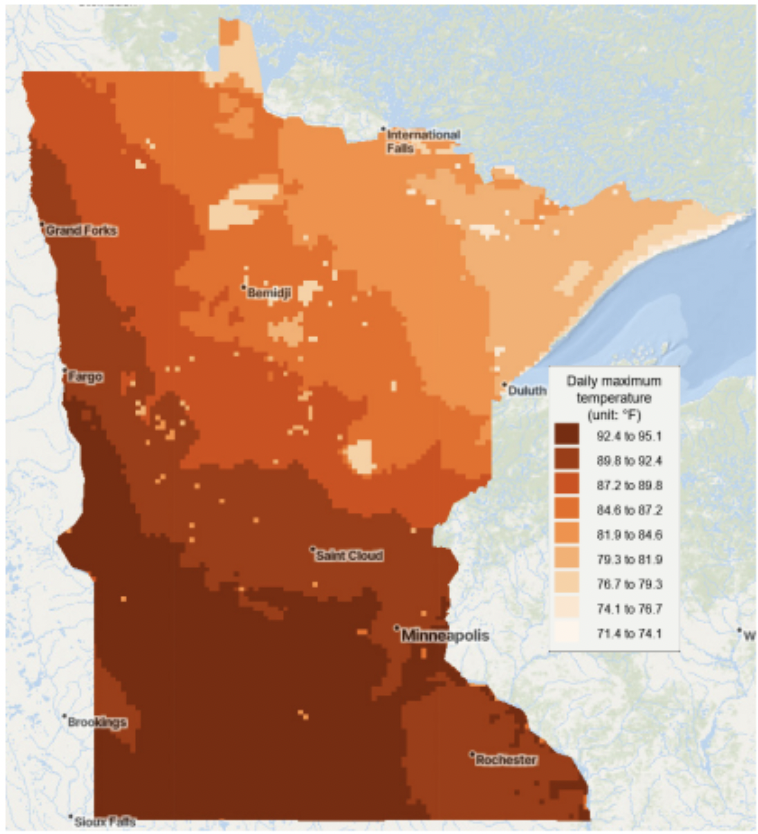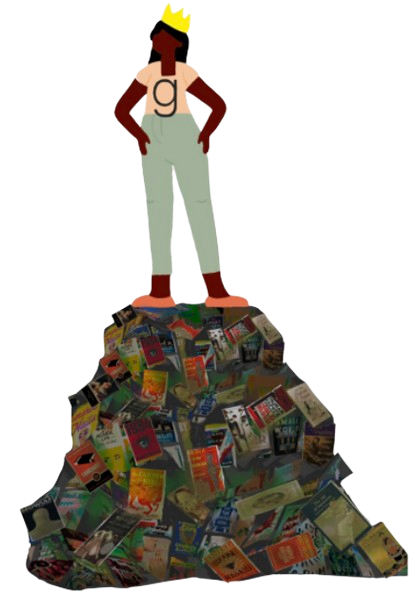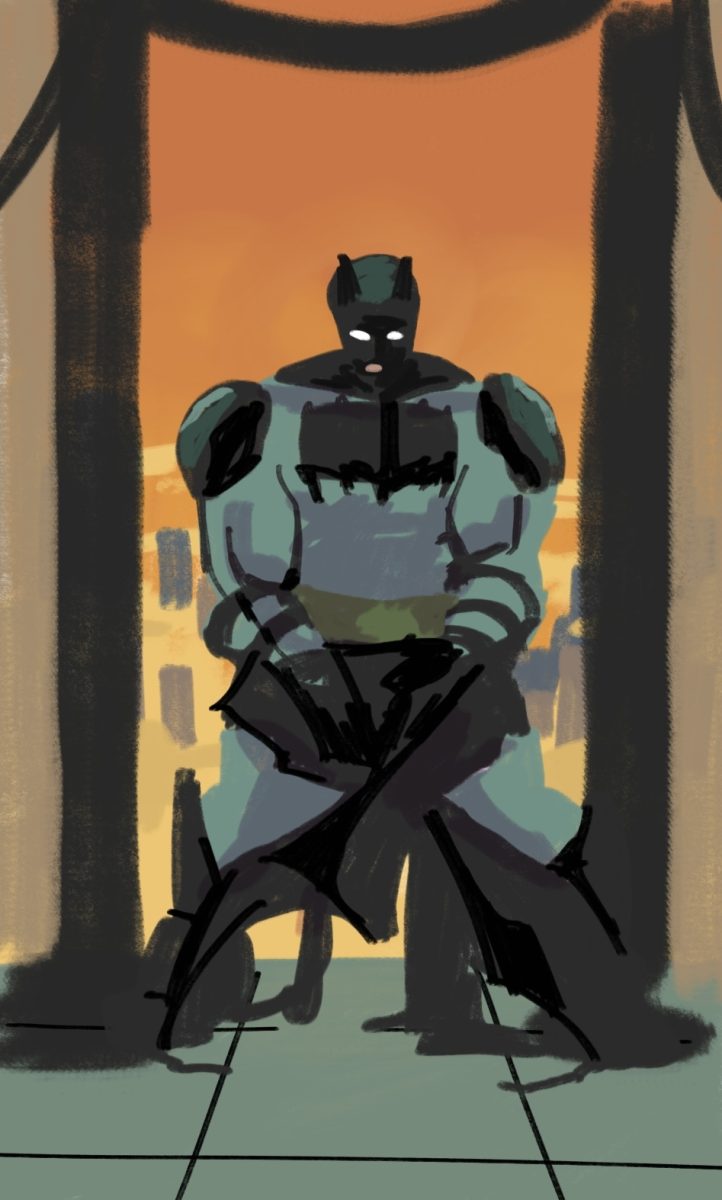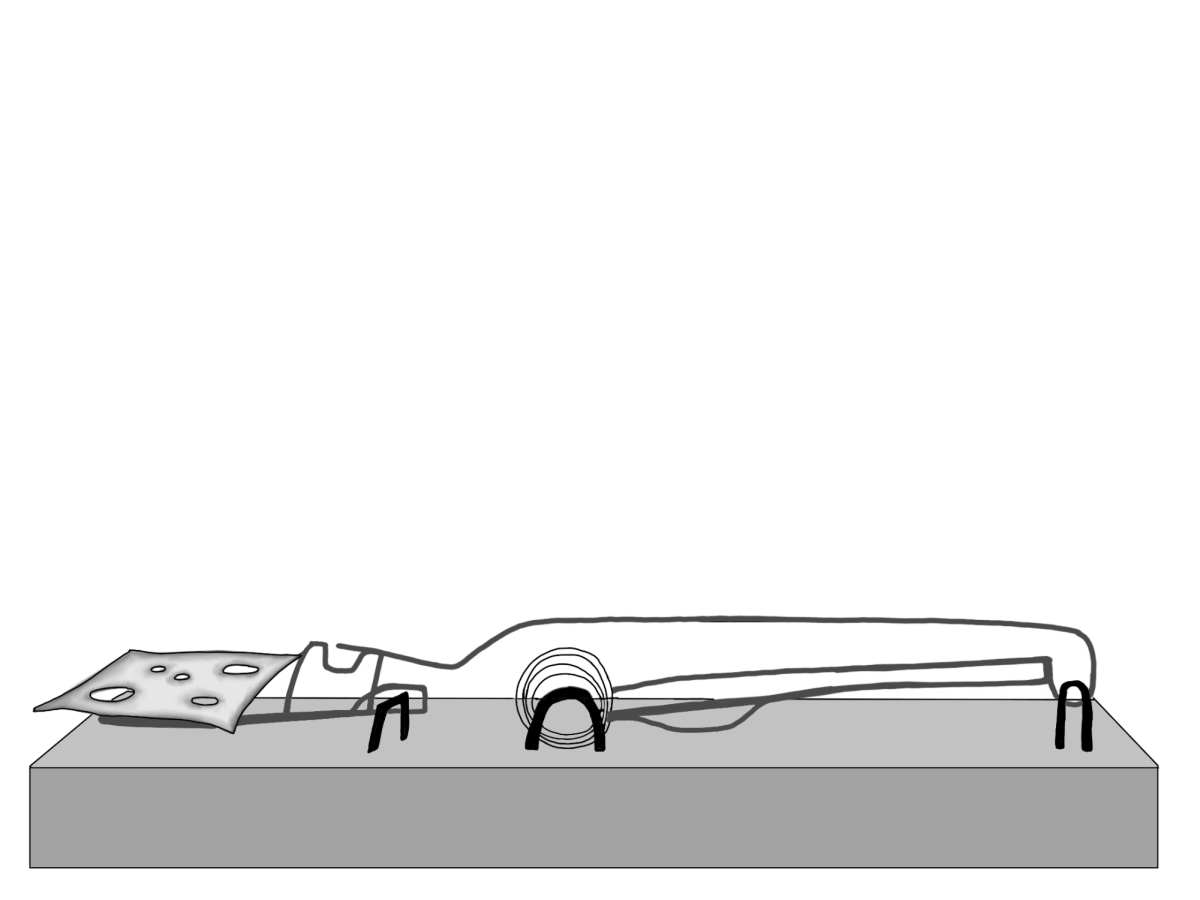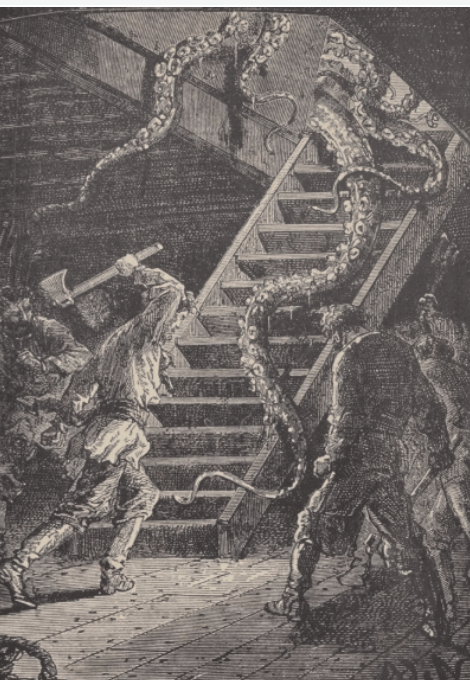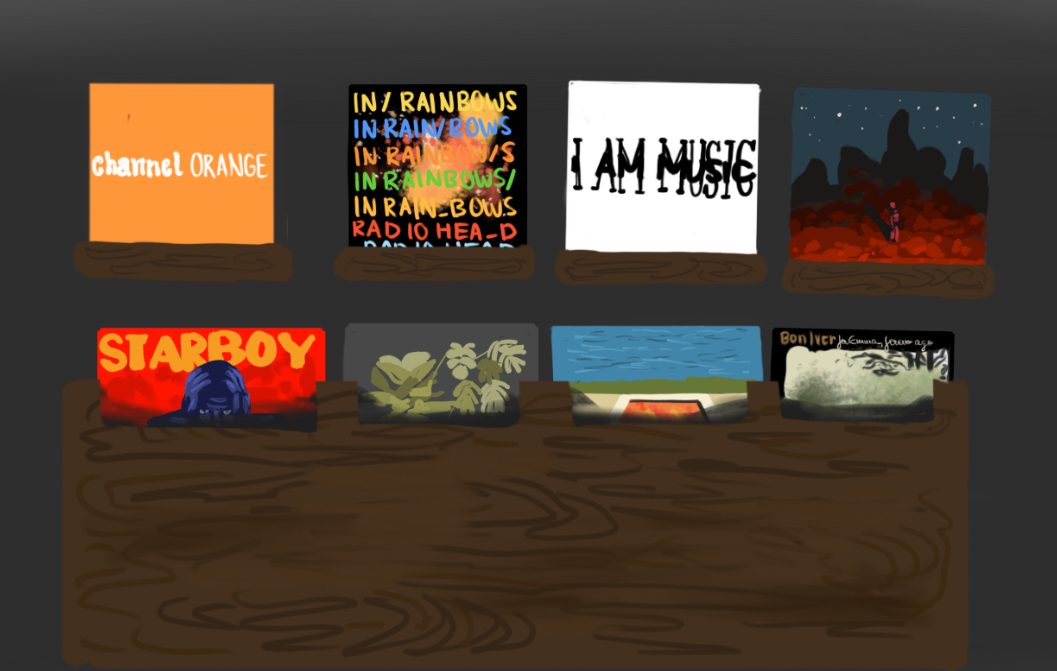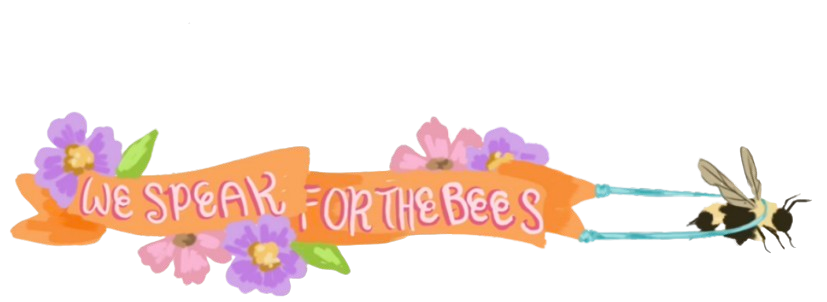Once upon a time, a species of wolves roamed the Americas. Then, they all died. Fast forward a few thousand years, and now they’re “back.” Sort of.
There are three main pieces to this story. The first and most dire is the sixth mass extinction. It’s been happening for a few hundred years and is primarily due to human activity. “40% of all land has been converted for [agriculture],” says the World Wildlife Fund, and is “also responsible for 90% of global deforestation and 70% of freshwater use, devastating the species that live there.” Agriculture is not the only thing causing this. The most apparent cause of this mass extinction is the climate crisis, which we also cause. The world is warming, threatening thousands, if not millions, of species, and not just the big ones like polar bears. Insects are a vital part of every ecosystem, and every day, more species go extinct that we aren’t even aware of.
The second part of this story comes with what’s going on with the direwolves. How are they back so suddenly after thousands of years? The short answer is that it’s the same technology that makes Doritos possible. By modifying genes, scientists were able to take grey wolf embryos and edit their genetic coding to make them appear more akin to what we would assume dire wolves to be. Despite the heavy influence of gene editing on this process, ironically, it still isn’t an exact science. We have no idea what dire wolves would have looked like ten thousand years ago and even less on what exact gene changes would need to be made to bring them back.
The final piece of this puzzle is a question: why? Why are they being brought back? Sure, it’s cool that we have the technology to make wolves larger and their fur brighter, but is that the extent of what we can do? First, it’s important to know that these wolves—named Romulus, Remus, and Khaleesi—can’t be reintroduced into the wilderness. Why not? Because they were made for a time before ours, and the environments have changed. We don’t know what they might do to any ecosystem we might introduce them into. Essentially, we just created a hybrid species for no reason. Why does this have anything to do with the mass extinction? Because thousands and millions of species are going extinct right now, and with this, we might have the technology to stop it.
In short, this is a demo test for the technology—all a show. At least, that’s the hope. It’s making headlines because of the direwolves and its ties to George R.R. Martin’s Game of Thrones, but it should be used for so much more. The company that created these dire wolves, Colossal, shouldn’t just be making party animals with no actual ecological value. With this, very real and impactful strides can be made. However, none of that will mean anything unless we

